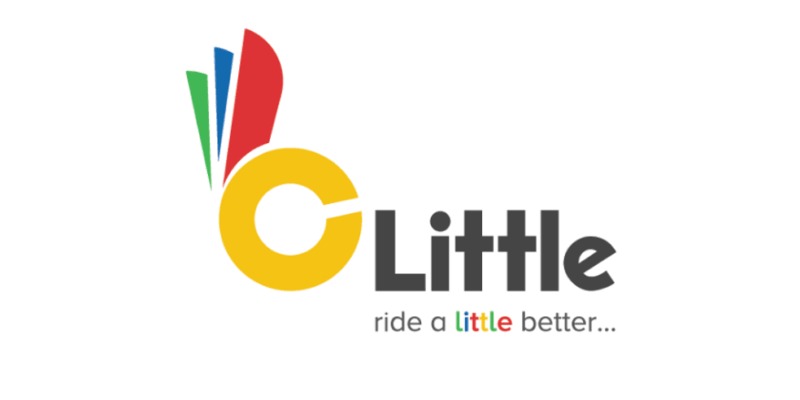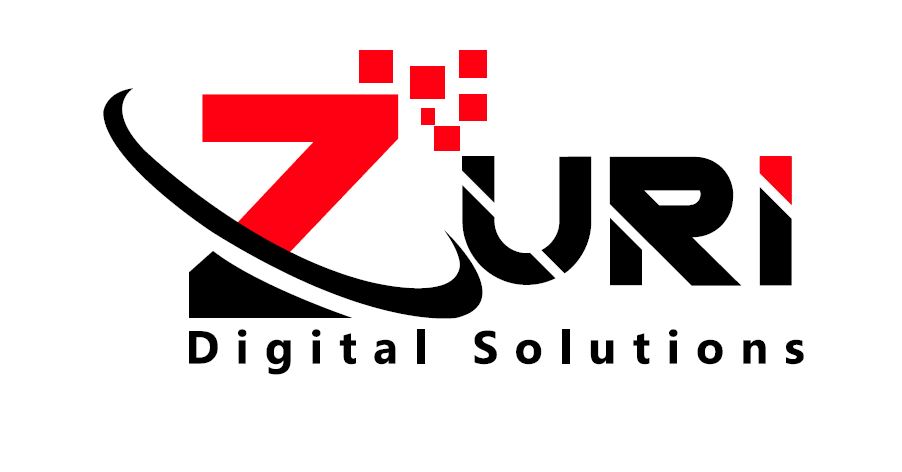Among the many concerns of employers regarding the changing tides, the digital gap is a problem that needs immediate addressing, especially in 2022. A survey strictly screening CEOs revealed that more than 50% of the CEOs anticipate that 2022’s most significant business disrupter will be the skills and labor shortage.
This shortage is not just affecting Africa, but the world too. The lack of digital talent significantly threatens business growth and innovation. The world is turning more digital, and failure to adapt to the changing era could mean loss.
Employees must develop basic tech skills to keep up with the changes. Additionally, employers will need to find talent with these basic digital skills and the capability to adapt fast to changes and advancements.
Fortunately, there are many ways to bridge what is now called the ‘digital talent gap.’
What Is The Digital Talent Gap?
The digital talent gap is the void between the demand and supply of employees and the digital skills employers require. Some attribute the widening of the gap in 2022 to the Covid-19 pandemic.
During the peaks of the pandemic, more people went online to keep up with their social and work life. Due to the distancing norms, more people turned to digital technologies, adjusting to the new way of living. Many pinpoint 2020 as 2025 of the digital acceleration timeline.
The transition demanded that businesses and companies go digital. Thus, e-commerce developed a stronghold across regions globally. This transition required investing and constantly improving digital skills.
E-commerce requires digital skills since interactions, conversions, sales, and even delivery occur online with the help of smartphones and computers. And since consumers are online, it would also make sense to push marketing efforts to these platforms, thus creating more digital marketing strategies.
Companies that invested in new technologies, employees with digital skills, reskilling and upskilling current employees had a better chance of improving sales and keeping profits up. The transition saw some companies falling behind due to lacking these essential factors. Specifically, the lack of employees with these digital skills proves to be bad for companies.
A study shows that more than 200 million jobs globally will require digital skills by 2030. Further assessment of Kenya, Mozambique, Nigeria, and two other African countries has shown that 57 million jobs will require digital skills by 2030, not just for ICT and e-commerce. So, companies need to close the talent gap quickly.
Worth Noting: Digital skills are the ability to use, find, share, and create content with digital devices such as computers and smartphones.
Effects Of The Digital Talent Gap
On Businesses
The digital gap affects a business’s productivity and bottom line. To start, the lack of digital skills means more time lost. Employees will waste time doing things the ‘analogue’ way.
Often the digital way of doing this is faster and quicker. Take transferring information on an excel sheet. Basic digital skills equip employees with the knowledge of copy-paste and formulas to make the work easier.
Otherwise, an employee would spend a day on a sheet that could take an hour or less with these new skills.
High demand for employees with digital skills and low availability may affect small businesses’ hiring and retention. Corporations have a competitive advantage in hiring and retaining skilled employees.
They can offer better salaries and more benefits. So, small businesses may face challenges meeting the price and thus risk falling behind.
On Society
In African societies, the digital skill gap is heavily diluting development and economic opportunities. More companies are going online, and the digital skills divide means missed opportunities which translate to the continent’s lowered or even stagnant economic progression.
It’s Time To Close The Talent Gap
The digital skills gap is a threat that needs immediate attention. Luckily, companies recognize this, and more job providers are making strides to close this gap, benefiting employees and the business.
It often starts with identifying the gap. Most business owners trying to upskill and improve their employees’ skills begin by identifying the skills gaps within their organization. Some hold open and honest individual conversations with employees to understand their needs deeply.
From this, employers can create an organizational objective and sub-goals that facilitates upskilling the existing workforce, incorporating new digital tools, and hiring young people with a particular digital skill set.
Some of the notable strides employees have made to bridge the digital skills gap include:
1. Prioritizing current employees
Before they can hire new employees to take over digital responsibilities, managers are supporting their existing workforce. Employers are building the digital skills set of existing staff through training and on-the-job upskilling.
It starts with fostering a workspace adaptive to change; this way, the current employees can embrace the digital transformation. Communication is a necessary feature of this process. Human resources must make employees understand why digital skills are required, why their way of doing things will change, and why they must be part of the upskilling process.
Some managers partner with upskilling specialists, especially if an in-house digital skills development program is out of the question due to limited resources. In addition, platforms like Udemy Business can help existing employees through development programs and skills training.
2. Provide continuous learning opportunities
Companies introducing skilling initiatives should start with a repeated and flexible perspective. Employers can determine essential digital skills for a specific number of employees and then address them. They must tailor bite-sized but continuous learning opportunities to the employees, preferably daily.
The long training seminars cannot compete in the fast-paced era of technology. In relation, Salesforce confirms that employees prefer on-the-job learning.
Employers must tailor these small learning moments to an employee’s role; they should be accessible and engaging to make an impact. Therefore, managers must be precise and well-informed when creating opportunities for daily learning.
3. Measuring outcomes
Investing in training programs and daily learning is not enough. Companies must also ensure the success and longevity of these programs by measuring business outcomes. The report should highlight differences before and after adopting these training programs.
Business Owners must measure the impact (if any) of the programs. They should improve the company’s outcomes and ascend employees to better career development positions. Employees should be able to handle digital tasks concerning their roles and also gain the skills needed to ascend and grow. Certifications can help with this.
Through measuring outcomes, companies can determine what areas need adjusting and how to approach the gaps that seem ‘unfixable.’
4. Diversifying the recruiting approach
Recruiting employees with digital skills has proven difficult for many employers and growing businesses. However, it is not impossible if employers consider a different approach.
Some managers are outsourcing digital functions to contractors and freelancers. Remote work is more popular now due to the pandemic, and intelligent business owners are capitalizing by hiring remote workers and contractors to handle digital functions, thus overcoming the talent shortage.
And it is easier now as some platforms and tools can help recruit employees from various locations. Furthermore, they can handle the payroll and management of these workers without needing a local entity.
Employees can access tech-savvy remote workers by offering benefits and the flexibility of working away from the office.
A Final Observation
Educators and governments have often been the primary contributors to bridging the digital talent gap. However, companies need to become more active in this process since they are on the frontlines of understanding the business needs that must be met in the changing era. Similarly, collaboration is encouraged for African countries to bridge massive gaps.
Platforms like Workpay can prove helpful in a company’s mission to bridge the gap and keep up with competitors.
























